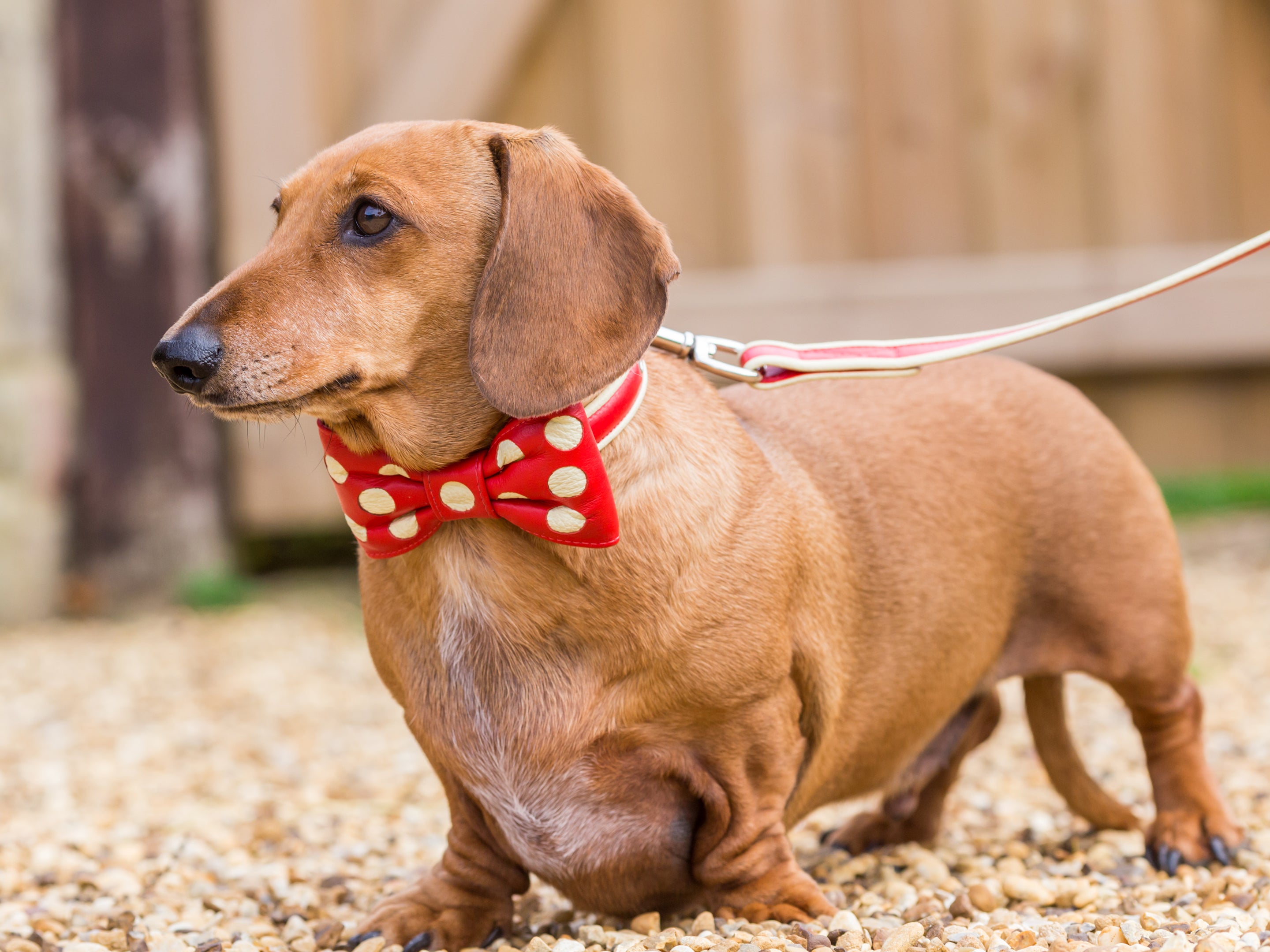Canine emotional well-being: why a ball obsession may not be great for your dog
The third post in our week-long series to mark Love Your Pet day - all about different aspects of the emotional well-being of dogs by canine behaviour expert, Penel Malby. Over to Penel ...
Most dog people will have met a ball obsessed dog at some point. Your dog may even be one of those dogs – it’s very common nowadays, possibly fuelled by the invention of the ball flinger at some point in the 1990s.
I am a dog person who had a ball obsessed dog. About 25 years ago, my best friend was a beautiful cocker spaniel called Saffy – she was my first dog, and for the first year of her life, she was an only dog. On walks, I’d throw a ball. Back then we didn’t have ball flingers, I just threw a ball, she would fetch it, rinse and repeat! I didn’t really notice how it happened but over time Saffy came to expect the ball on every walk. It didn’t seem like a huge problem, my dog trotting beside me, looking at my pocket until I produced the ball, everyone did it! Saffy seemed to be having a lot of fun chasing after it and bringing it back.

Penel with Saffy and Tilly, her first dogs, back in 1999
Soon after, we got another dog, Tilly, and then I realised Saffy liked chasing the ball so much that it was an obsession - so much so that she didn’t want to play with Tilly on walks. All Saffy was interested in, even though we were out walking in the big wide world with so many sights, sounds and smells and other dogs to play with, was the ball … throw the ball, throw the ball, throw the ball.
I wasn’t a dog trainer back then, but I could see that the ball obsession was not necessarily a good state of mind when she was fixating on the ball. I decided to gradually wean Saffy off the ball and we only played with the ball at home in the garden. She started to enjoy her walks in a different, much more enriched way, exploring the great outdoors and being stimulated by the sights, sounds and scents.
 Canine Arthritis Management (CAM) has some really interesting articles on the impact on dogs of repeatedly chasing a ball, with input from specialist canine health practitioners
Canine Arthritis Management (CAM) has some really interesting articles on the impact on dogs of repeatedly chasing a ball, with input from specialist canine health practitioners
Many owners believe that their dog won't run or play if they are in pain but sadly this isn't true. The massive boost a dog gets from high-energy exercise, are enough to override the pain. Some dogs may not feel any discomfort or pain at the time but then suffer later on. Remember that any lameness is pain and you should see the vet if your dog is lame.
There are lots of reasons why dog owners who adore their dogs and want the best care for them live with ball obsessions. For me it was because Saffy was an only dog and I wanted to tire her out, give her lots of running around and fun on her walks. Plus of course I didn’t know any better back then. There’s an old saying that a tired dog is a good dog – this doesn’t sit well with our modern understanding of canine behaviour but that's a subject that could take up a whole other blog in its own right! We didn’t really know about the huge benefits of sniffing, and scentwork, and other exciting enriching things you could do together on walks that are really beneficial for a dog’s long-term emotional (and physical) well-being.
Another common reason for living with the ball obsession is to manage reactivity. People may be worried that their dog might bark at another dog but having a ball in their mouth gives them something to hold, and generally they can be recalled or re-directed onto a ball. So, that’s management of an underlying issue but not solving the root cause. If your dog is reactive and you feel you need some professional help, then I would recommend a qualified behaviourist who is a member of the Association of Pet Behaviour Counsellors (APBC).
If your dog is showing signs of being fixated on a ball, think about the potential issues that may be created by taking a ball out on a walk. Some dogs will guard their ball if another dog comes near it with the potential to escalate into disagreement.

If you do play ball with your dog, encourage that play to be in a balanced, non-fixated kind of way and use a ball that allows air flow through the structure of the ball so that if the ball were to get stuck in their throat, your dog can still breathe while the ball is removed.
There are safety issues with tennis balls in particular - they can break in half and dogs may swallow pieces or choke, or bits of balls can get stuck in the gut resulting in unpleasant and expensive surgery. Tennis balls which get sandy can also grind down your dog's teeth as sand and grit get stuck in the felt covering of the ball making it abrasive.
From an emotional point of view, repetitive throwing of a ball for a fixated dog causes over arousal (excitement) and if you do have a dog with any issues around other dogs, it's better to keep them calm on walks and sniffing activities are perfect for this.
By repeatedly throwing a ball for a ball obsessed dog, their stress levels are actually being raised – they’re fixated on whether or not you’ve actually got the ball, then when they get the ball they’ve got to worry about other dogs who might try to steal it, and they are more likely to react to another dog because they are already in a state of over arousal. It’s what we call stress stacking - it's not a good emotional state.

At the risk of sounding like the fun police, it would be remiss not to mention the dangers of throwing a stick too as sticks can cause horrific injuries, usually when the stick lands sticking up from the ground and the dog grabs it at the wrong angle resulting in injury to the mouth, throat or chest. Take a rubber bone toy or other stick-shaped toy that are safer for dogs.
If you have a ball obsessed dog, and you want to wean them off it, try taking the ball on every other walk, or try surreptitiously dropping the ball and sending your dog back to find it. There's nothing wrong with finding a ball and carrying it, that's all good! Hiding a ball in the long grass, or behind a tree, and sending the dog to find it is incredibly enriching and good for their brains - try adding a scent to the ball (keep it in a box that also has some herbs in a matchbox or smaller box) and hiding it. By gradually changing the ball fun to scentwork you will be reducing the stress, and increasing enrichment.
Forget the ball … walks are 100% full of interesting scents, other dogs, new people, places, sounds. You can hide treats, you can play hide and seek, you can play tuggy with a toy if you want to but try to avoid creating a situation where every walk is all about that ball.
© Penel Malby 2023
Look out tomorrow for another insightful blog from Penel in this series on canine emotional well-being to mark Love Your Pet Day!
About Penel
Penel Malby is canine behaviour expert, writer, phoographer, and all round dog enthusiast who lives in Norfolk with her husband and English Setters Hobson and Elmo, and Birdie the Labrador. Penel trained dogs and cats on movie sets for the first 10 years of her career as a dog trainer and behaviourist, before co-founding a renowned dog training and behaviour company in Surrey as a member of PACT and the ABTC. Many dog lovers have seen some of Penel's other dog-related work as she was the cover photographer for Dogs Today and Dogs Monthly magazines for many years. Penel writes on many subjects to do with dogs with the intention of making both the lives of dogs and their owners better.
 Usually found walking with her dogs along the beaches and through the woods of Norfolk near her home, Penel runs an English Setter training group on Facebook and you can follow Penel and her gang at The Daily Hobson.
Usually found walking with her dogs along the beaches and through the woods of Norfolk near her home, Penel runs an English Setter training group on Facebook and you can follow Penel and her gang at The Daily Hobson.
























